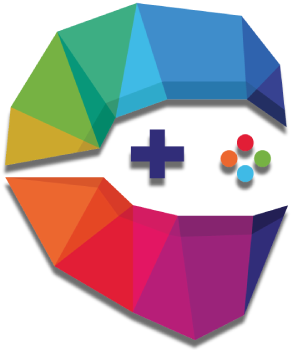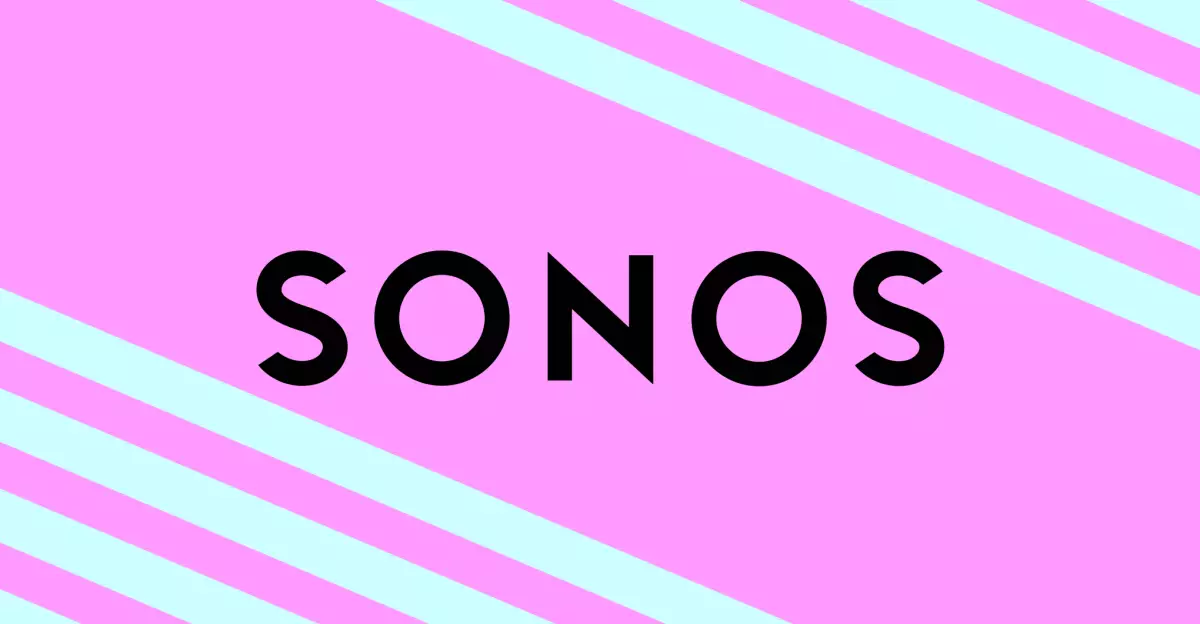In an environment where tech companies often prioritize innovation over user experience, Sonos stands out as a beacon for customer-focused development. The company’s recent insights, shared by Chief Innovation Officer Nick Millington, reveal a commendable commitment to adapting its app based on user feedback. This dedication is particularly important following the contentious redesign of their app last May, which left many loyal users feeling neglected.
Millington’s earnest approach is refreshing in an industry rife with disengagement. By declaring the team’s focus on tackling user issues—irrespective of their magnitude—Sonos establishes a new standard for responsiveness in technology. This strategy not only acknowledges user frustrations but actively seeks to resolve them. The dual priority approach he outlined addresses both immediate technical performance and the more nuanced gaps in functionality, showcasing an understanding that user satisfaction extends beyond basic functionality.
The Pain Points and Resolutions
It’s evident that the updates and changes from Sonos have not come hastily; they are the result of thorough diagnostics and user collaboration. Users have shared valuable diagnostic information that has allowed Millington and his team to hone in on specific areas needing improvement. For instance, the return of fundamental features such as alarm snoozing is a direct result of client-driven feedback—a testament to Sonos’s responsiveness. The ability to check the battery status of portable speakers like the Sonos Move and Roam also reflects a commitment to enhancing user convenience.
However, there remains a notable lag in rolling out some requested features, such as playlist editing and improved queue management. While some updates are promising, the slow pace of reintroducing beloved capabilities raises questions about internal resource allocation and project management. The urgency reflected in Millington’s communications suggests that while progress is being made, the market’s expectations for rapid innovation can at times outpace a company’s ability to deliver.
The Bigger Picture: A Culture of Continuous Improvement
Sonos’s approach signals a shift towards a more user-centric model in tech, one where feedback loops and continuous improvement become foundational. This cultural pivot is not just about correcting past mistakes but about building a future where user experience is paramount. By fostering an open dialogue with users, Sonos cultivates a community where individuals feel valued and heard.
Yet, it’s crucial for Sonos to strike a balance. The challenge lies in maintaining the momentum of engagement with its user base while ensuring timely and effective updates. Technology companies should consider this strategy—engaging their clientele as partners rather than simply consumers. In doing so, they not only enhance their products but also build loyalty that is hard to shake.
Through Millington’s updates, it is clear that Sonos is not merely responding to criticism; they are evolving alongside their customers. This proactive stance will likely shape the company’s future and potentially set a new industry standard for customer responsiveness in app development. As the tech landscape continues to evolve, the emphasis on user experience could very well dictate who leads the charge in innovation and customer satisfaction.

